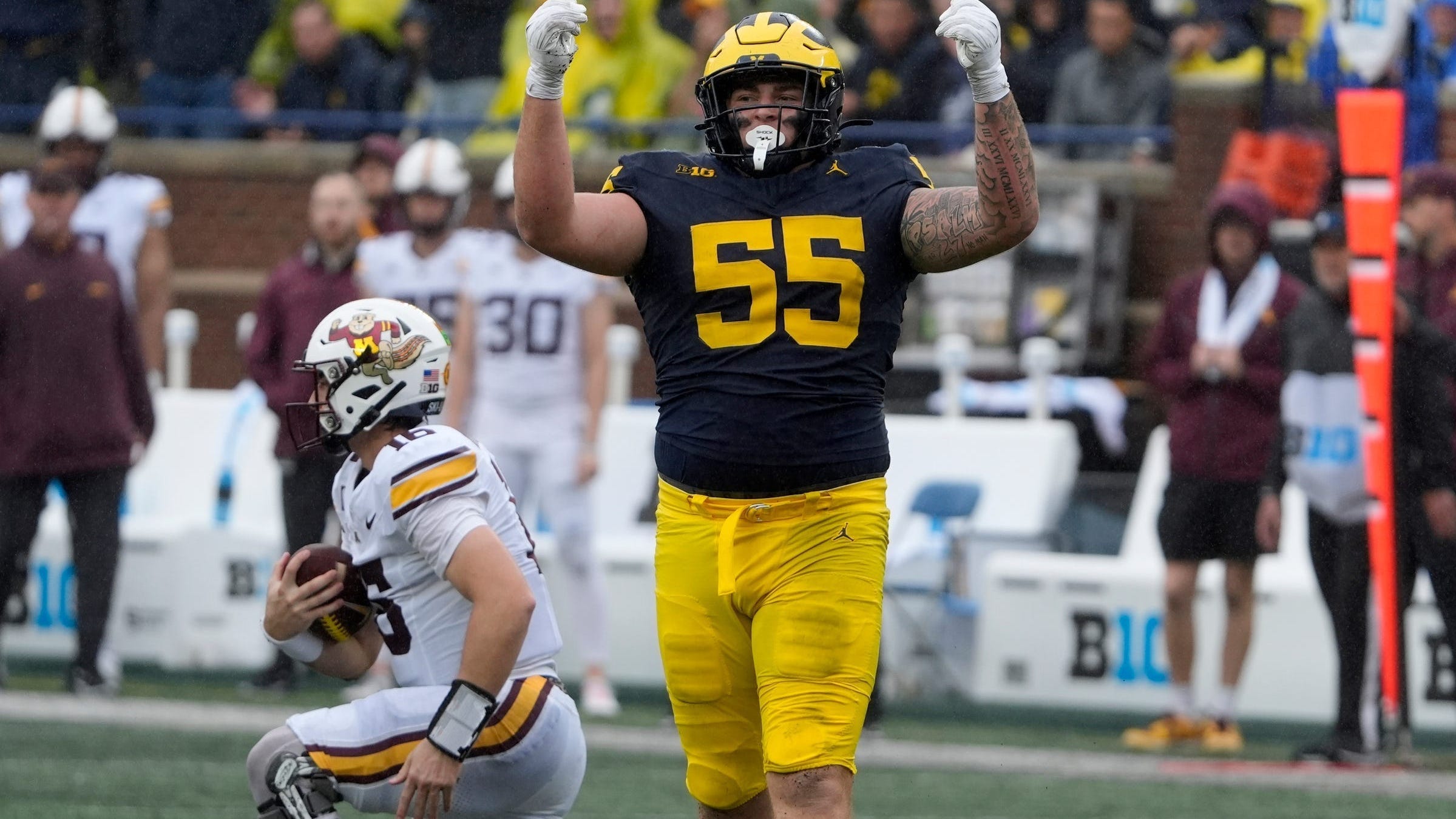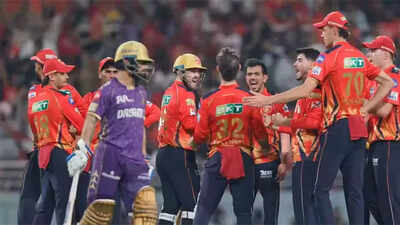LAS VEGAS — In the expanse of three days and two news conferences, we got an answer to what will be fueling the next phase of a tug-of-war between the NFL and players union.
Grass.
Specifically, how many NFL fields don’t have it, how many, according to the NFLPA, don’t maintain it well, and how long it will take for the league to, according to the union, improve the overall consistency of playing surfaces from one stadium to the next. And there might not have been a more appropriate juncture to discuss it than this week, coming off a 2023 Super Bowl that had problems with a slick field, and in the wake of the San Francisco 49ers arriving in Las Vegas to find an overly soft practice surface at UNLV. That latter issue led to the 49ers complaining to the league and union, only to be brushed off by NFL commissioner Roger Goodell during his state of the league address Monday.
“We’ve had 23 experts out there,” Goodell said of the UNLV field. “We had the union out there. All of them think it’s a very playable surface.”
That was hardly the tone struck by the NFL Players Association in a response Wednesday, with new executive director Lloyd Howell and NFLPA president JC Tretter both criticizing the condition of the surface, while also using it as a focal point to discuss the union’s ongoing push for improved playing fields. Leading into this week, the league laid sod over UNLV’s turf, leading to complaints from the 49ers about seams across the field and a level of sponginess that created concerns. According to Tretter, the NFL failed to lay down a necessary layer of rigid plastic between the field turf and sod, which would have prevented it from being excessively soft.
“My understanding is [adding the plastic layer] is not what happened, which is adding to the issue of the softer field,” Tretter said. “When the experts say that [plastic is necessary]I don’t know how that falls through the cracks. I don’t know how that doesn’t happen. … Also, leading to Roger’s press conference on Monday, he said, ‘It’s OK because the field is playable.’ Well, he talked about last week that we need to raise the level to make both [turf and grass] surfaces high quality, then a week later he’s saying ‘it’s OK because it’s playable’ — playable is not the same standard as high quality. It’s about as low as you can go to say ‘it’s OK.’”
A source familiar with the 49ers’ exchanges with the league and union told Yahoo Sports that the team initially considered finding another facility to practice at before relenting and staying at UNLV. Head coach Kyle Shanahan said Wednesday it essentially boiled down to the field being “the best choice we’ve got”, but suggested it still wasn’t ideal.
“We’re here, we’re practicing on it,” Shanahan said. “Everyone has their preferences. Wish things were better, but we’ll deal with how it is.”
Howell said the incident is a prime example of the need for continued work on all aspects of the field conditions across the league. Currently, the NFL has 13 grass fields, which have annually proven to be associated with less severe injury issues. The remaining 17 stadiums all have some version of field turf. The union has repeatedly taken a stance of pushing teams to convert turf fields to grass or what it calls a safer version of field turf, while also demanding higher quality of care on the grass fields, and an overlapping standard that would produce a much closer level of safety and consistency of all playing surfaces across the board.
“Here we are talking about a practice field — albeit synthetic grass — that really isn’t up to snuff for what our players deserve,” Howell said. “Yes, we are aware of the issue. Yes, through a combination of our player directors and consulting with the league, hopefully we’ve gotten to a workable condition. But the mere fact that you’re asking this question during the biggest opportunity in our [sport] means that this is an issue. It’s just common sense.”
Historically, some team owners have balked at converting from turf to grass because of the overall cost and care associated with maintaining the fields, particularly for domed stadiums that were not built to house a tray system, which allows for a grass field to be rolled outdoors and groomed in natural sunlight. However, several NFL domed stadiums and some that have field turf installed have made concessions to host FIFA “friendlies” as well as World Cup matches in 2026. To entertain those games, the stadiums install synthetic grass over the top of their turf.
“In stadiums that today are turf, they will put down a synthetic grass field,” Howell said. “And then FIFA will roll it up and take it with them. So there’s a model out there that says ‘For another sport, it’s possible.’”
When the union polled over 1,700 players in its most recent league report card, more than 92 percent said they preferred to play on grass. And with no labor battle to fight, that will make pushing for more grass fields and consistency high on the union’s list of priorities for years to come.
“At the end of the day, our players’ preference is grass,” Howell said. “And that should matter. To the golfers out there, people would say, ‘Hey, I want to play at Augusta, not the local muni.’ It matters. And the quality of the game matters. We believe this is an issue that’s not going away and that we’re going to continue to debate.”





